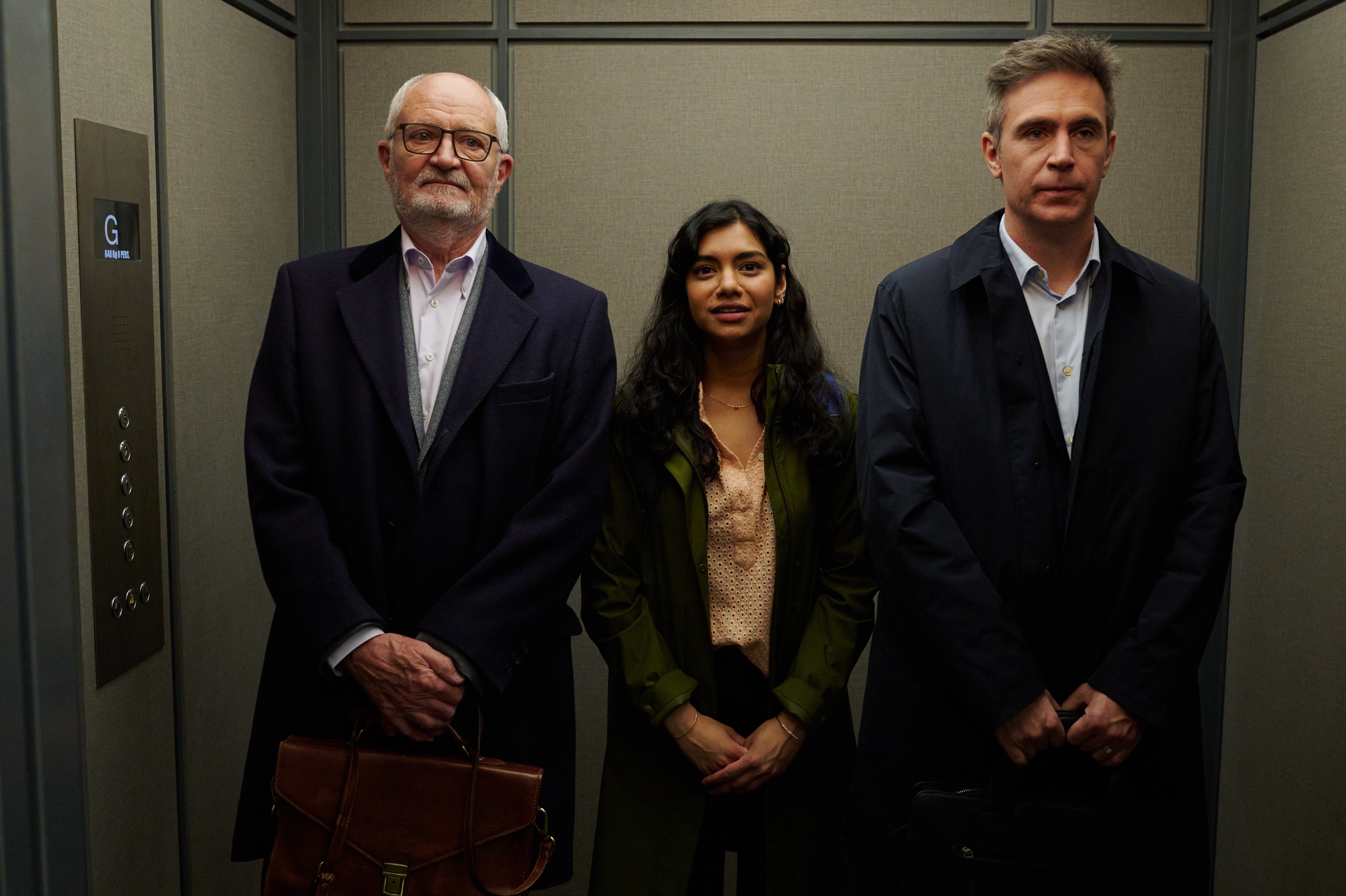
Here’s a secret from the Hollywood front lines that the talent agents at Ten Percent’s Nightingale Hart know only too well. The lifeblood of the movie business isn’t money, fame or even power. It’s the deal. Nothing in Hollywood happens without a deal. Everyone has one, is getting one, has lost one, wants one. And the high priests of the deal are the agents.
In the 1940s the big agents were men like William Morris, Lew Wasserman and Irving “Swifty” Lazar (so named because he once negotiated three deals for Humphrey Bogart on the same day). But they all faced the same problem. The stars were almost always contracted to individual studios. They were paid a salary and had little say in the movies that they made. Agents negotiated with the studios to get the best overall deal they could, but ‘big six’ studios operated a kind of monopoly, keeping star pay in check.
That changed with legislation in 1948 that split the studios from their cinemas and, eventually, the stars from the studios. The so-called ‘Paramount Decrees’ meant that the studios no longer owned the cinemas which played only their films. These newly independent cinema chains could show any film they wanted, and as a result, independent producers began to establish themselves. Suddenly there was a market for talent outside the studio system. And agents rushed in to fill the vacuum.
Stars quickly began to wield their new influence. In 1950 Wasserman negotiated an agreement for James Stewart that exchanged his salary for 50 percent of the profits for Winchester ’73. Stewart made $1 million on the deal. The floodgates had opened. And the biggest stars began to choose their new agents based on the richness of the deals they cut.
By the 1960s and 70s the industry was dominated by powerful, colourful figures like Sue Mengers, often referred to as the first ‘superagent’. Mengers, whose clients included Gene Hackman and Ali MacGraw, was ferocious in her negotiations for her stars, who she called her ‘sparklies’. Memorably, when her flight was taken over by hijackers who demanded Charlton Heston read out a statement on live TV she asked her fellow hostages: “What do they want Heston for? I can get them Barbara Streisand.”
Another seismic shift came in the mid-1970s when Mike Ovitz founded Creative Artists Agency and, by the early 1990s, had started what became known as ‘The Agency Wars’. Back then the top-flight agents of CAA were legendary in their unstoppable approach. Clad in the company uniform of Armani, with Blackberries glued to their ears, they stalked Hollywood, hoovering up stars and agents and negotiating the biggest deals.

Even more importantly Ovitz perfected the art of ‘packaging’. CAA would represent the screenwriter, the stars and the director, presenting movie projects as ‘all or nothing’ deals to studios. Inevitably the next decade saw star salaries, and agent’s juicy fees, rocketing ever upwards – while studio power diminished even further. In the mid-1990s Jim Carrey’s agents negotiated an unprecedented $20million for his role in The Cable Guy. But a shift in power in favour of the studios was just around the corner. In 2002 Sam Raimi’s Spider-Man became the first movie to gross $100 million in its opening weekend. The age of the comic-book franchise was upon us.
Studios snapped up the rights to franchises like Batman and Star Wars while Marvel established their own studio. Since they now owned the intellectual property (IP) and could recast the lead roles at will (there have been three Spider-Men in the past 20 years) the power had swung away from the big agencies for the first time in nearly 50 years.
Their response was to diversify. They moved into representing athletes, YouTube and TikTok celebrities as well as reality TV stars and Fortune 500 companies. These days you’re as likely to find a major agency negotiating a deal between a global brand and an esports star as you are to find them finessing the details of a movie star’s contract.
Hollywood is now dominated by mega agencies such as CAA, William Morris Endeavour, and ICM. Among the most powerful players are Richard Lovett (CAA) who manages the superstellar careers of Tom Hanks, Julia Roberts and Steven Spielberg, and Ari Emmanuel (WME) who handles Hollywood heavyweights Mark Wahlberg, Denzel Washington and Martin Scorsese.
But all of them are still doing the job that Lew Wasserman did all those years ago. And they’re fighting the same battles that the fictional agents of Nightingale Hart do every day. They’re spotting talent, nurturing careers, cutting deals and fire-fighting the inevitable crises that erupt during the chaotic process of making a movie. And, of course, at the end of it all, taking their Ten Percent.
Ever wondered what it would be like to look after the rich and famous? Then check out Ten Percent, the brilliant new dramedy from Prime Video following the lives and careers of a likeable bunch of A-list agents at a fictional London firm. From the award-winning writer behind W1A and 2012, and starring Jack Davenport, Jim Broadbent, Lydia Leonard and an incredible cast of real-life stars including Helena Bonham Carter, David Oyelowo, Kelly Macdonald, Phoebe Dynevor and Dominic West, it’s your new must-binge-watch. All eight episodes of Ten Percent are on Prime Video from 28 April – for more info click here







